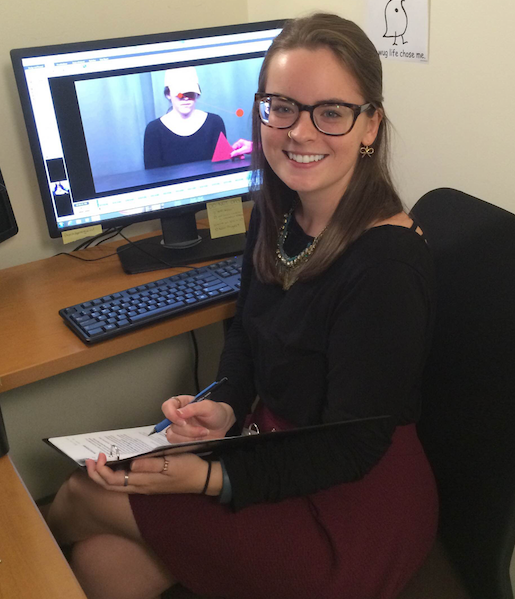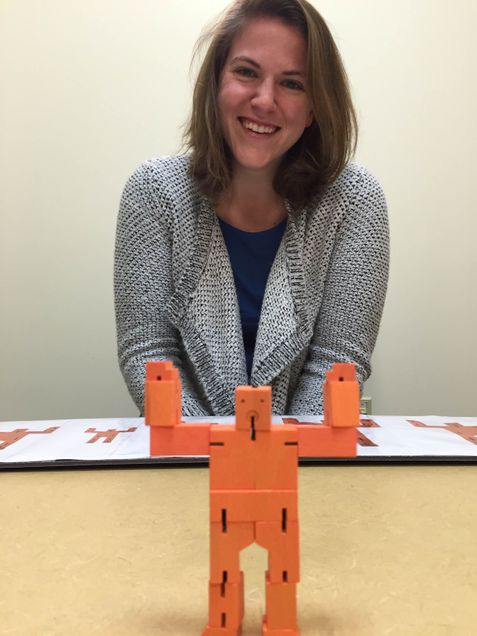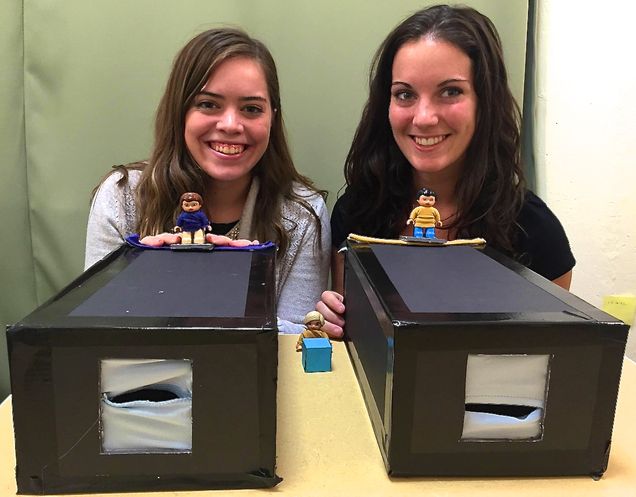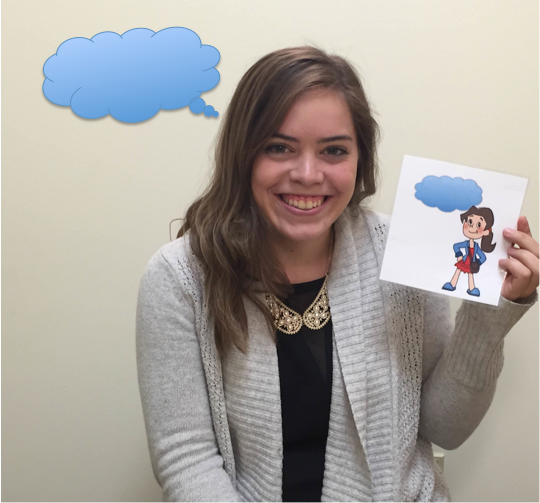Projects
What do babies remember about hidden objects?
In these studies, we’re looking at what babies remember about objects that are no longer visible. We hide objects from babies, either behind screens or in boxes or buckets. We look at how babies explore the hidden objects. So far, we’ve found that babies remember objects’ categories (like “person” versus “thing”) better than they remember what the objects look like. We’ve also found that babies can remember more about objects when given a little help, like if the objects can be grouped into sets.



How do babies and kids represent objects in social contexts?
In these studies, we’re exploring how social cues, such as personal preference, language, prosocial interactions, or value can impact how children remember and interact with objects.



How do children understand their own and others’ mental states?
In these studies, we’re exploring children’s understanding of their own and others’ minds. We’re exploring whether children categorize others’ mental states, how children distinguish between the mind and the body, and children’s understanding of pretense in others.

Can children use their gut-level number sense to solve algebra-like problems?
This study takes place in the Living Laboratory at the Museum of Science. We’re exploring children’s early abilities to “solve for x” before they have received any formal algebraic education.


